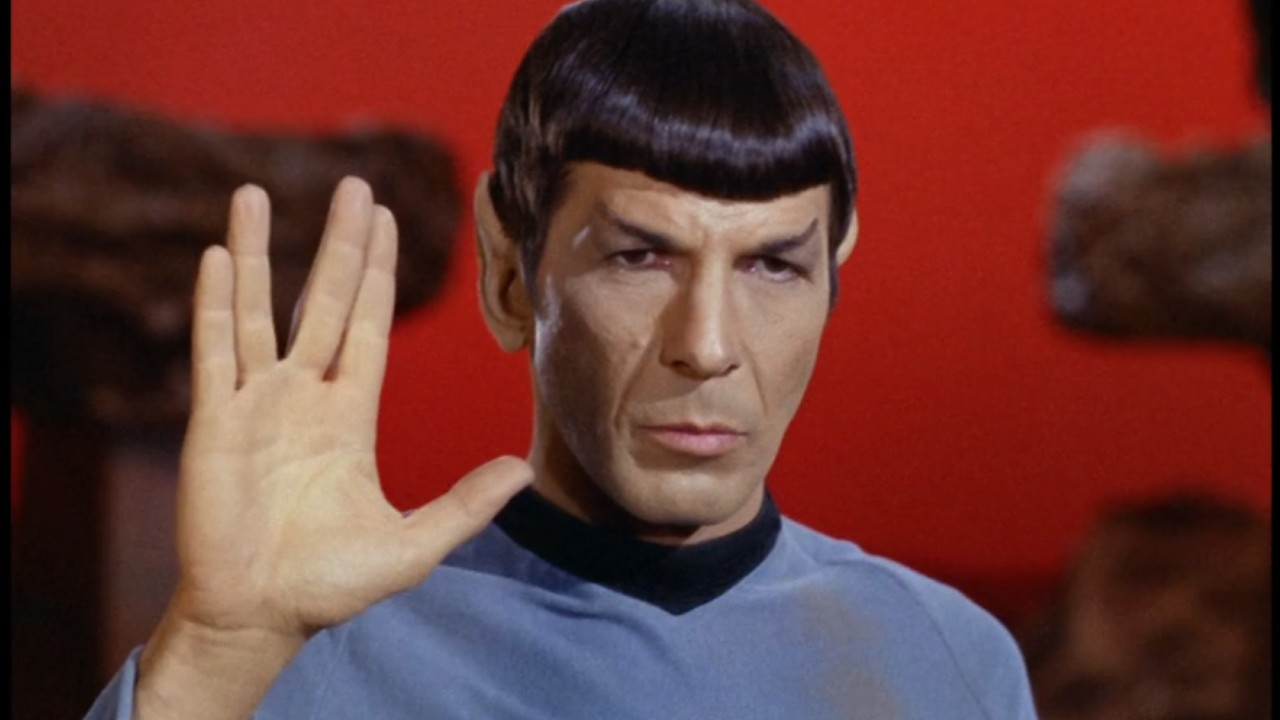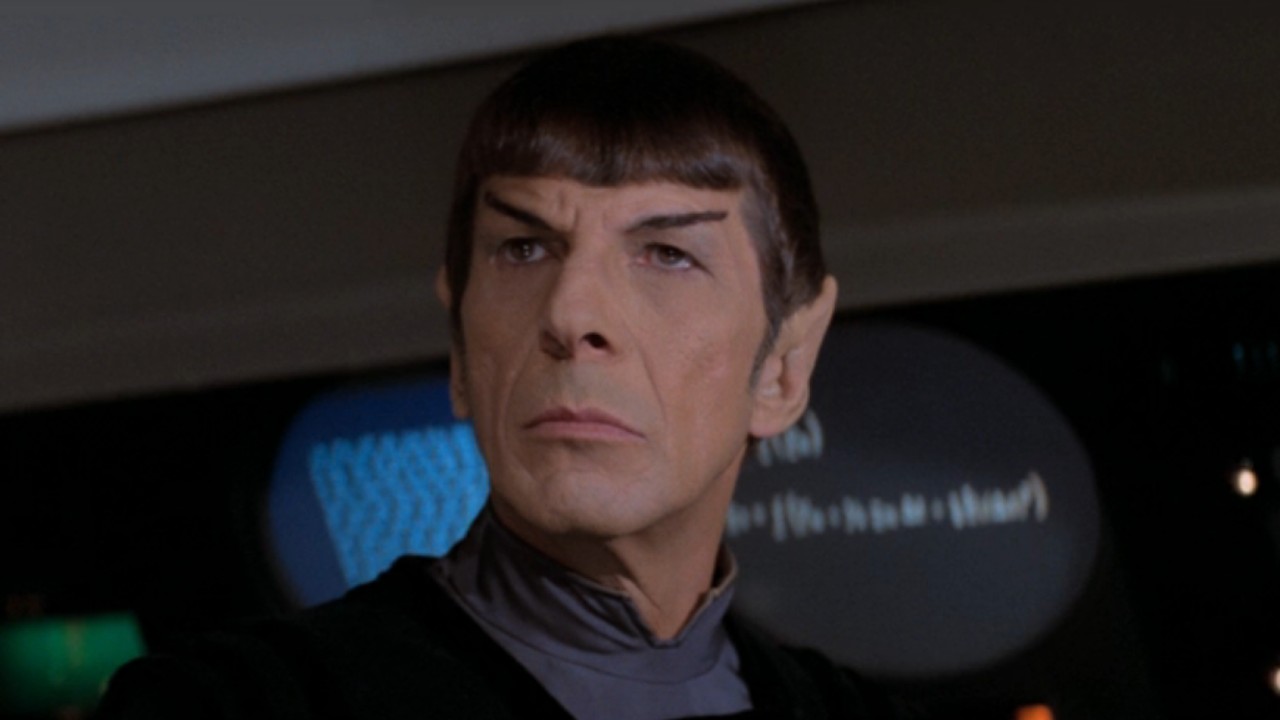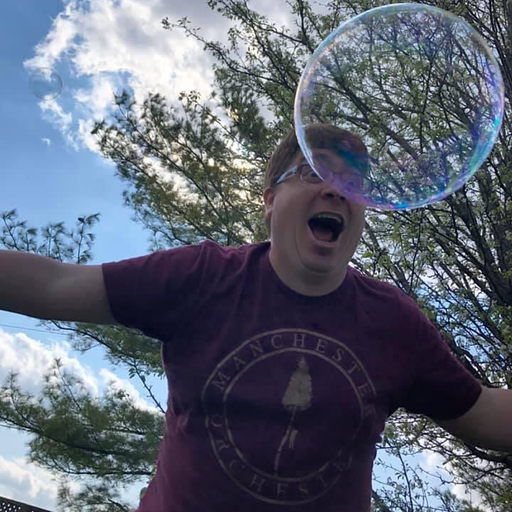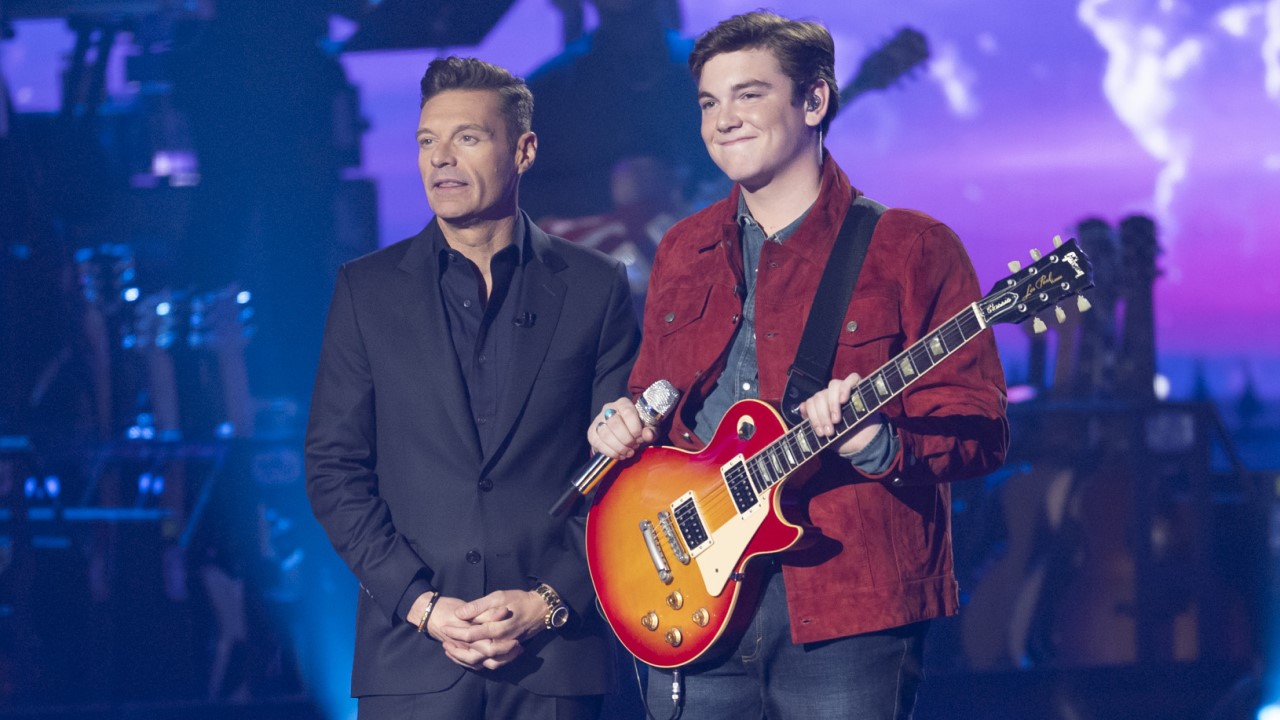How Spock's Vulcan Hand Salute Is Inspired By Jewish Culture
There's a history behind the iconic gesture.

As the United States celebrates Jewish American Heritage Month, it's only fitting Star Trek fans think of one of the best characters of all time, Spock. Not just because actor Leonard Nimoy was Jewish but also because he made sure to incorporate some of his own heritage into the character via the Vulcan salute.
Today, we'll dive into the history of this salute and how its origins have absolutely nothing to do with BTS star Jungkook, which is another story entirely. Considering we'll likely see the Vulcan salute a lot more in the upcoming season of Star Trek: Strange New Worlds Season 3 and beyond to Season 4, Now is as good of a time as any to educate readers on the story behind its creation.
Leonard Nimoy Improvised The Gesture In Season 2 Of Star Trek
A casual audience may think that the Vulcan salute was baked into Star Trek's DNA from the get-go, but that's not the case. The hand signal actually made its first appearance in the Season 2 opener, "Amok Time," in which Spock ultimately learned his fiancé, T'Pring, had found another lover. The moment in the episode, which is available with a Paramount+ subscription, can be seen toward the end when Spock bids farewell to Vulcan leader T'Pau.
The gesture, along with the phrase "Live long and prosper," became hallmarks of the Vulcan people. Due to Spock's popularity as a character, it's evolved into the universal icon for all Star Trek fans, to the point that in mainstream pop culture it's all someone has to do to signal they're a fan. It's such an iconic gesture, it's surprising to hear that it was made up by Leonard Nimoy, who used his Jewish heritage to create it.
Nimoy Based The Vulcan Salute On A Jewish Hand Signal
StarTrek.com says that Nimoy, who was Jewish, came up with the Vulcan salute by referencing the Jewish Priestly Blessing of the descendants of Aaron. The gesture is performed by the priests of Aaron, or Kohanim. A gesture performed by the Kohanim at the beginning of a service to the congregation is similar to the Vulcan salute and can be seen in the video below:
This ritual is now done symbolically, daily in Israel, and during festivals. Ironically, those of the Jewish faith who might've witnessed the practice might not have seen the hand signal, as they're meant to face the other direction while the blessing is given. The intention is so that those hearing the blessing focus on the words more than the ritual itself, but as Nimoy confessed, curiosity got the better of him and he looked.

Obviously, there are differences between the ritual and the Vulcan salute, but to me it's clear in the video where the inspiration came from. It's funny to think that, had Nimoy been more obedient when observing the ritual as a child, we may have never seen a symbol that will still be used heavily in upcoming Trek shows down the road.
Quite a fun bit of history, especially as we observe Jewish American Heritage Month. While later Spock actors Zachary Quinto and Ethan Peck are not of the faith, they carry on the tradition of the Vulcan salute. At this point it's so ingrained in the series it would be strange for either not to, but also I think Peck at least understands that to truly play the role, one must understand Leonard Nimoy as much as his character. As such, I'm sure he has some understanding of why Nimoy adapted this part of Jewish culture for Star Trek and the importance of using it throughout the series.
Catch Leonard Nimoy's most iconic performances as Spock by watching Star Trek over on Paramount+. There's no shortage of great scenes to enjoy, though I think, given the month, that watching "Amok Time" would be the most appropriate.
CINEMABLEND NEWSLETTER
Your Daily Blend of Entertainment News

Mick Joest is a Content Producer for CinemaBlend with his hand in an eclectic mix of television goodness. Star Trek is his main jam, but he also regularly reports on happenings in the world of Star Trek, WWE, Doctor Who, 90 Day Fiancé, Quantum Leap, and Big Brother. He graduated from the University of Southern Indiana with a degree in Journalism and a minor in Radio and Television. He's great at hosting panels and appearing on podcasts if given the chance as well.

